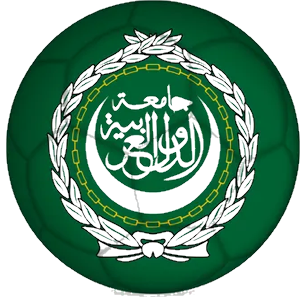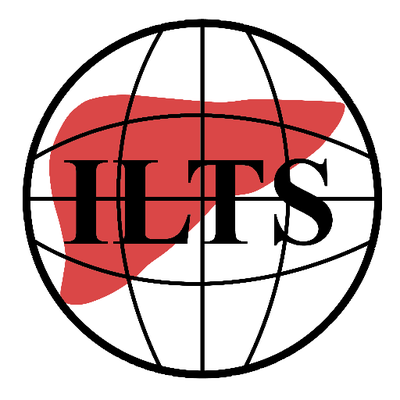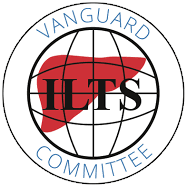International Living Donor Liver Transplant Registry | LDLTregistry.org
Click on the relevant icon above to download the short version of the protocol in different languages.
Background: Living donor liver transplantation (LDLT) was introduced in the early 90’s to overcome an increasing shortage of available diseased donor organs for transplantation. LDLT remains the main source of grafts for liver transplantation in Asian countries, however, reports on donor morbidity and even mortality have hampered the uptake of the procedure in Western countries. Outcome data are available from developed countries, but outcomes in developing countries remain unknown. There is a need to collect data from all parts of the world, to create a single prospective registry and allow meaningful comparisons, as well as standardization of the procedure, across the globe.
Center eligibility: Any center worldwide involved in LDLT is eligible to participate in this registry. There are no minimum number of cases to be submitted or selection criteria for centers.
Team members: Each center may form a team of 3 members in total. Participants may include surgeons, anesthesiologists, hepatologists, critical care physicians and other members involved in LDLT. Auditors (data monitors) will be assigned to monitor the adherence to the registry protocol as well as auditing the quality of data collection of the participating centers.
Inclusion criteria: Cases must be prospectively registered. Both donors and recipients will be included in the registry, including adult and pediatric, two stage LDLT (e.g. APOLT, RAPID, ASPIRE, RAVAS), as well as dual grafts.
Exclusion criteria: Domino grafts will be excluded.
Outcomes: Morbidity and mortality for both the donor and recipient until hospital discharge and up to 90 days postoperatively. Additional outcome data will be captured at 12 months follow up.
Data ownership: LDLTregistry.org will act as the custodian of the data. All participants will be able to access their own submitted data without the need for permission from the LDLTregistry.org Committees. The Chief Investigators, Scientific and Management committees together will decide about data sharing requests and will consider all such requests based on the quality and validity of the proposed project.
Data confidentiality: There will be no surgeon, or center related data reporting, all data will be fully anonymized.
Authorship: All LDLTregistry.org members, with submitted verified cases to the registry, will be PubMed cited as group authors in the main publications. Spin-off studies may include formal named authorship but must include the “LDLTregistry.org Collaborative” with group authorship for all participants.
Full protocol: Click on the icon below to access the complete version of the LDLTregistry.org protocol.
Next steps:
- Form a team of up to 3 people to collect data.
- Identify an additional local auditor (data monitor, not a surgeon).
- Register your participation.
- Read the Frequently Asked Questions (FAQ)
- Obtain necessary local approvals (if required).
- Read the instructions on how to use our platform.
- Submit cases to our electronic Case Report Form (eCRF).

Click here to access the Launch of LDLTregistry.org article.




















